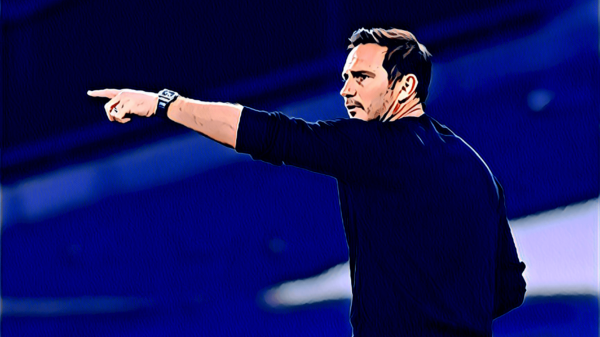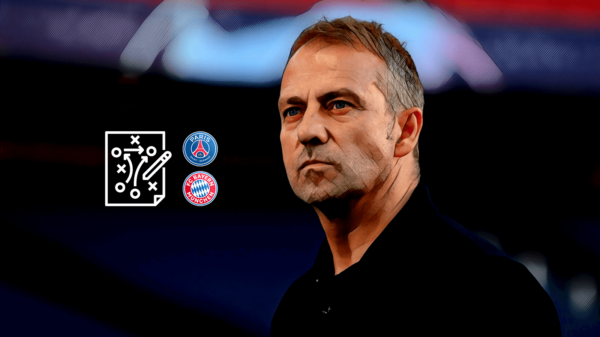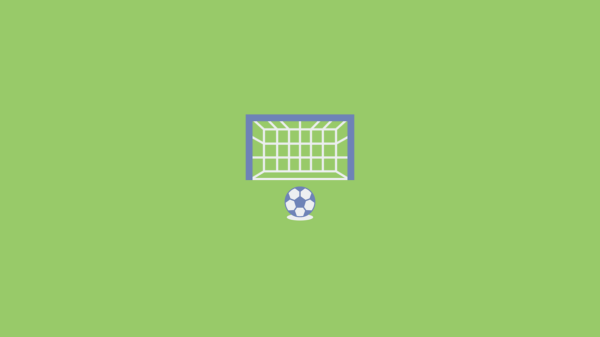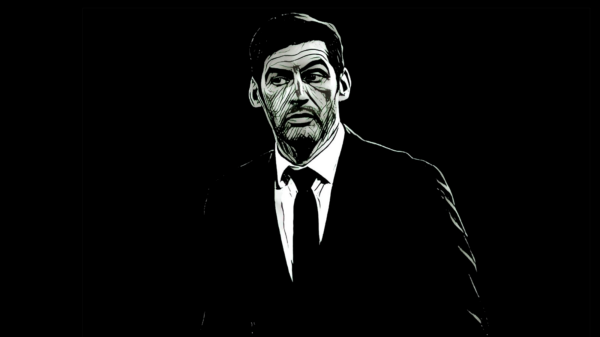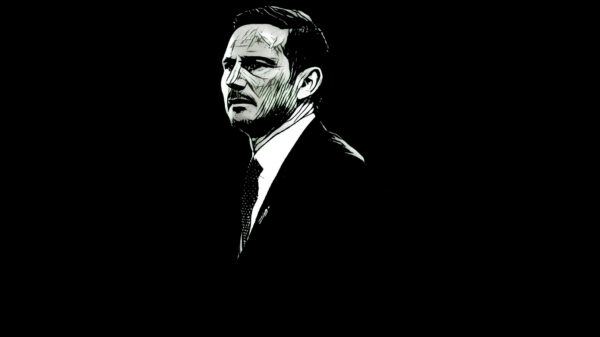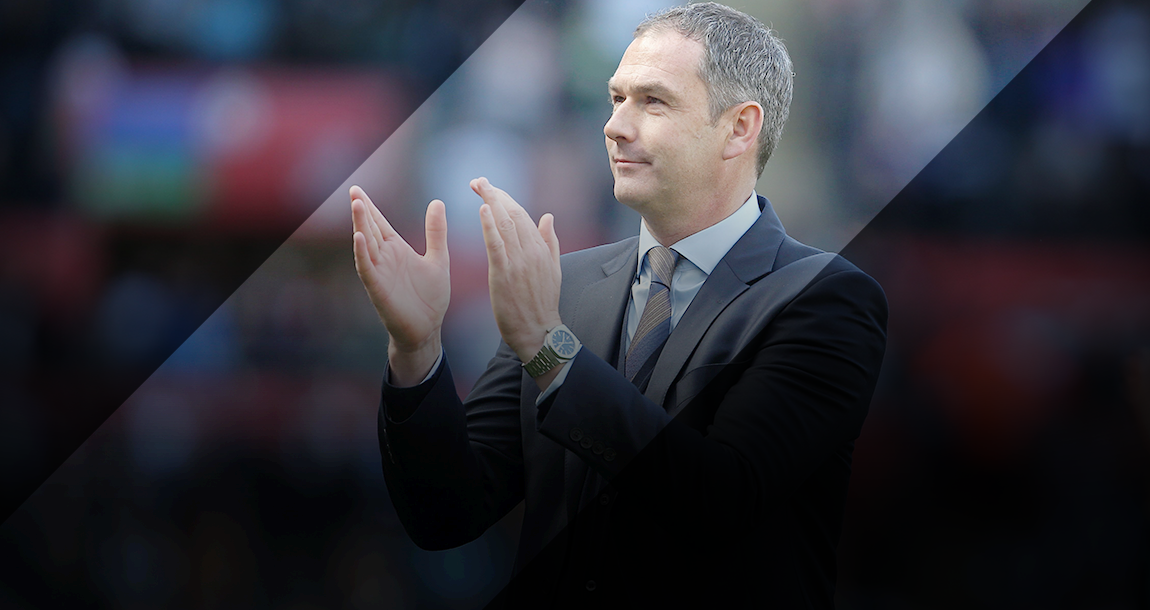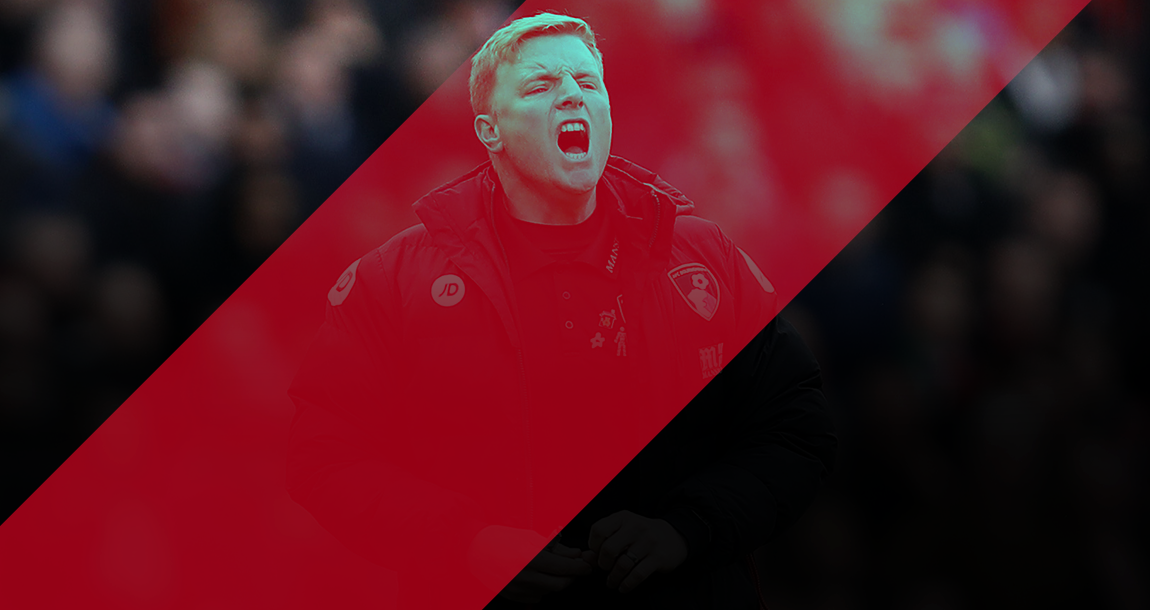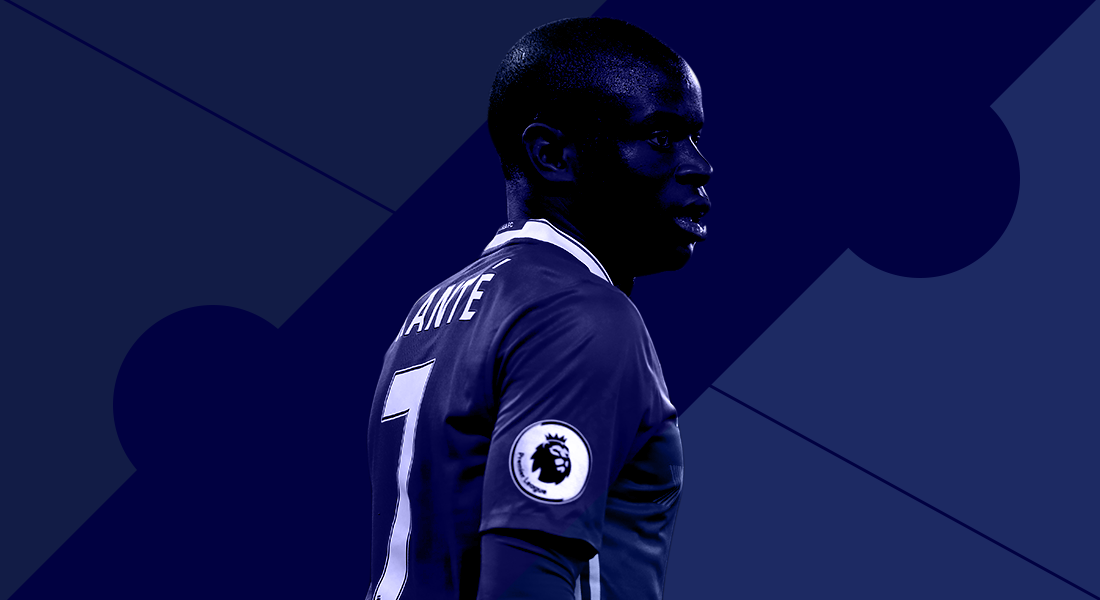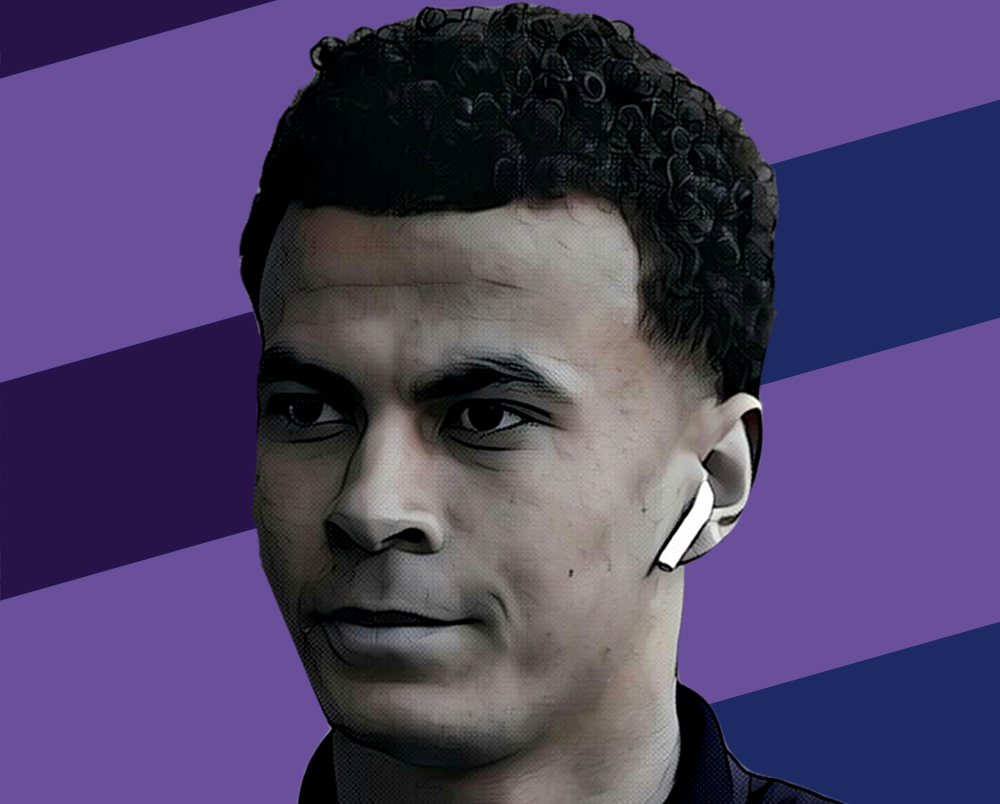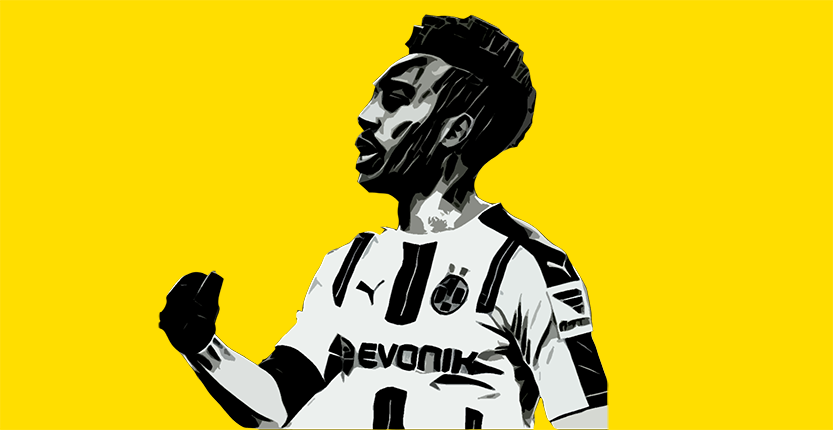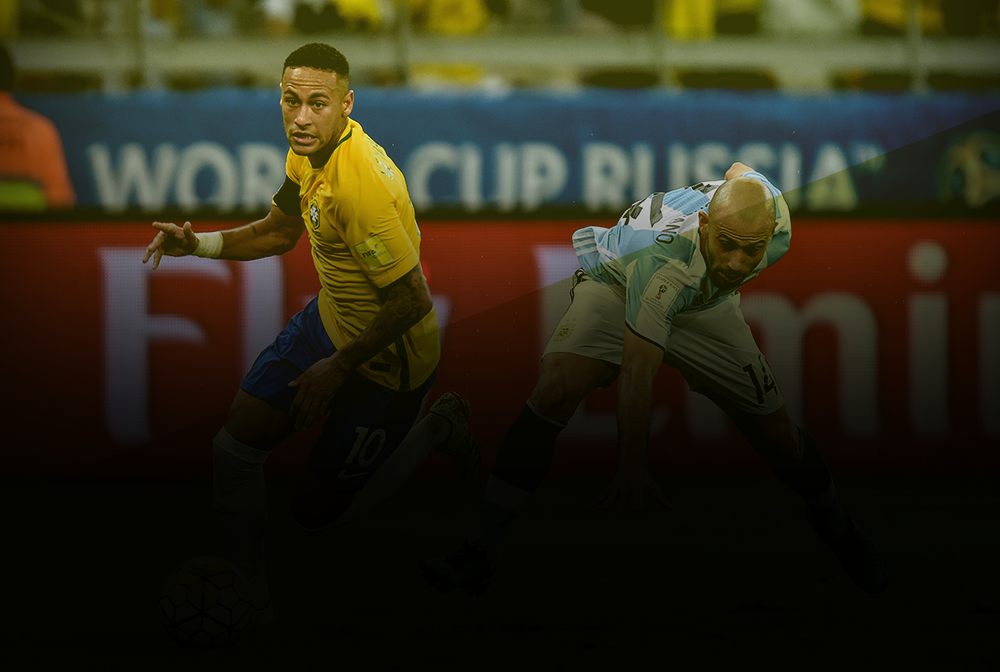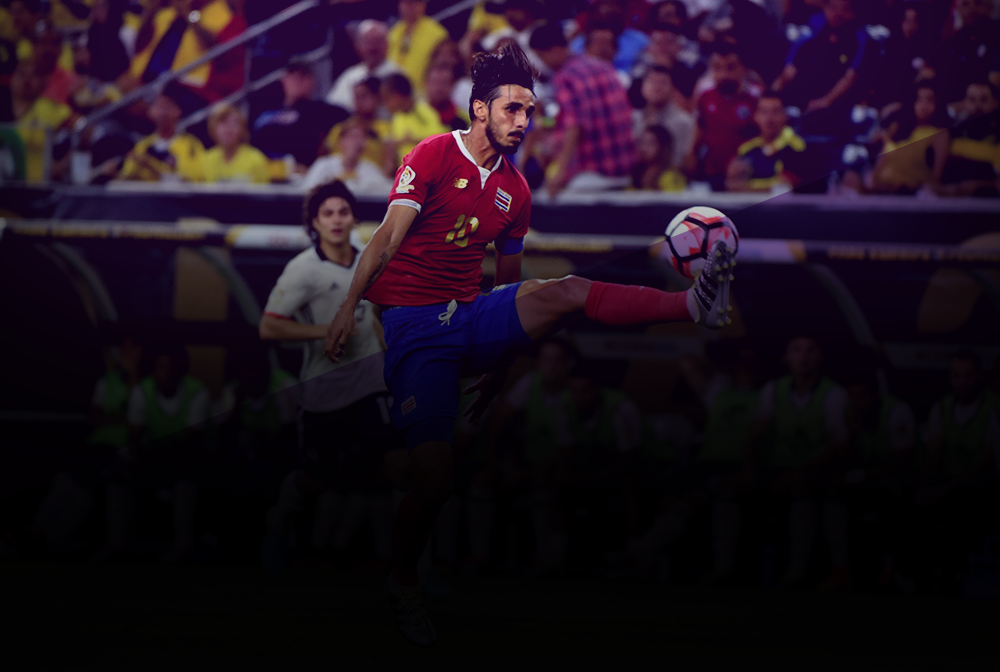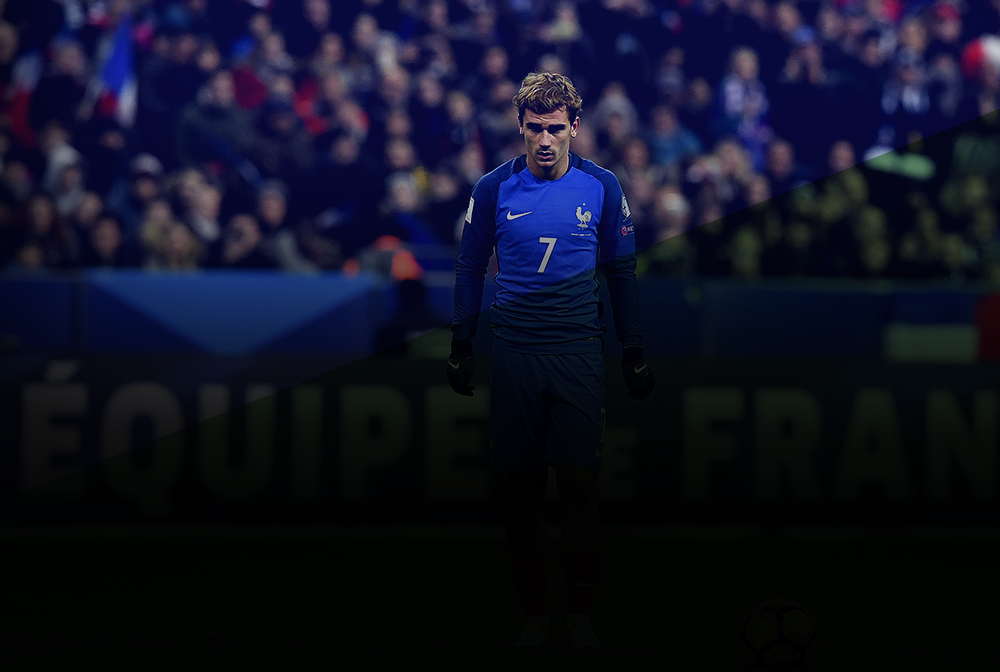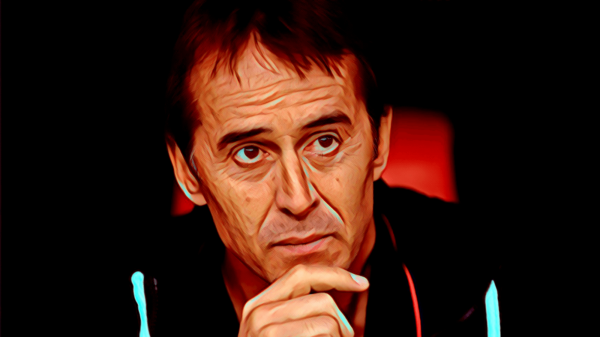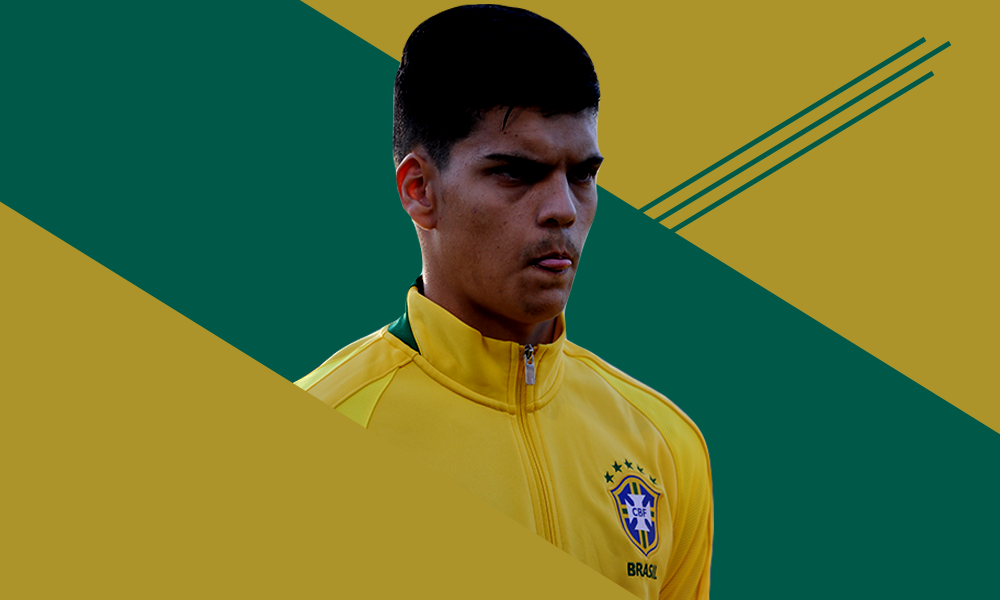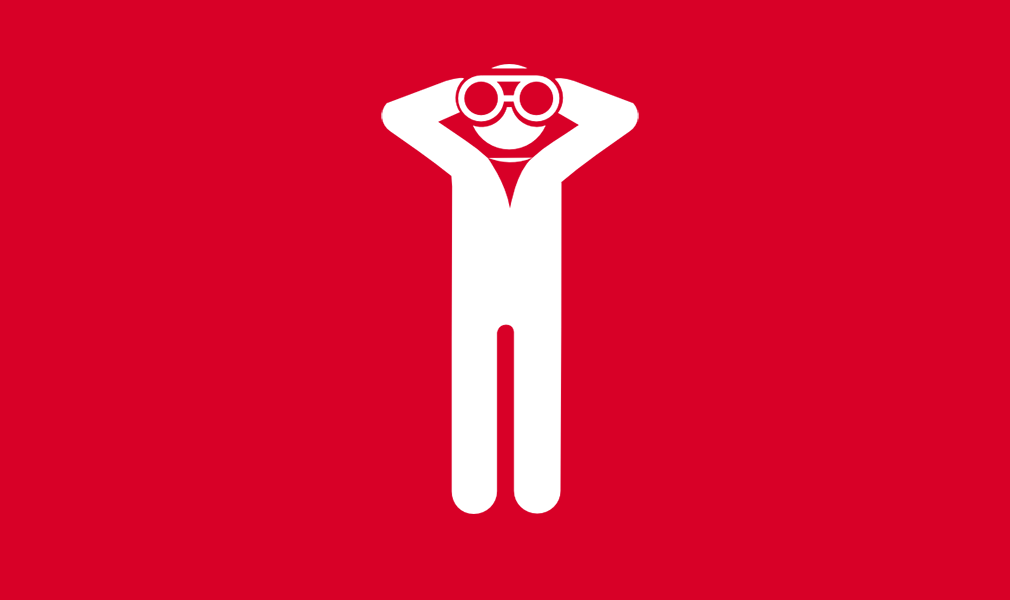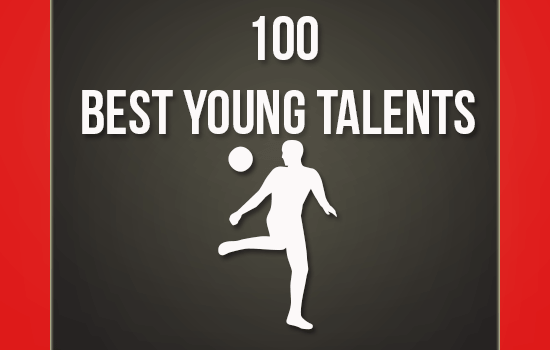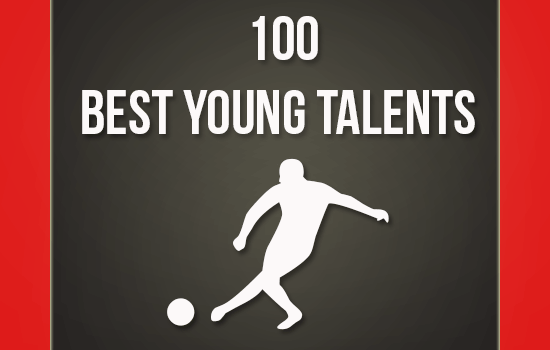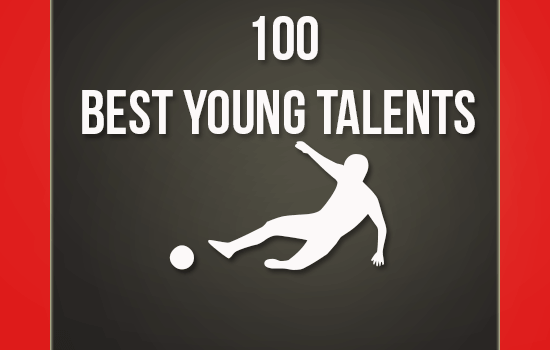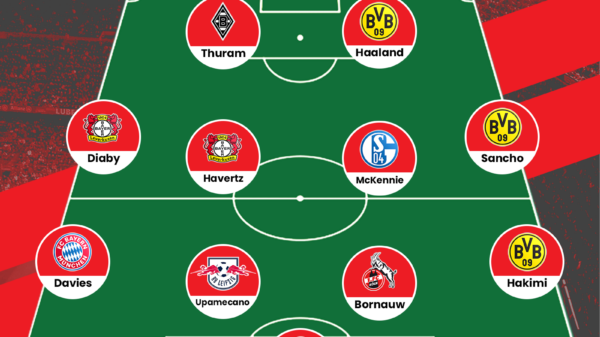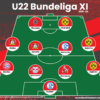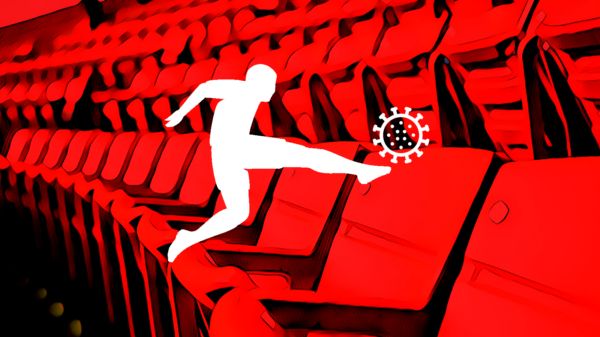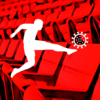
Made via our very own Tactics Creator App. Click here to make your own!
There is certainly no love lost between the 2 sides that met in the Veltins Arena today. If you don’t believe me just ask Manuel Neuer. Both sides were heading into the game off the back of comfortable wins in the Champions League group stage. After Dortmund had dropped points against Nurnberg early in the day, Bayern had the opportunity to cut the 3 point deficit at the top. On the other hand, Schalke have endured a disappointing start to the campaign and were hoping to beat their rivals and give their league campaign a much needed boost.
In terms of personnel, Schalke made just one change to the team that beat Steaua Bucaresti in mid-week with Jermaine Jones replacing Hoger in the heart of midfield. Likewise Bayern made a single change with Bastian Schweinsteiger replacing Muller in the starting line up. This meant that Lahm continued in his role as a defensive midfielder and Rafinha started against his former club at right back.
Schalke’s Zonal marking
On paper Schalke featured a 4-2-3-1 system with Szalai the focal point of the attack supported by Kevin-Prince Boateng, Jefferson Farfan and Julian Draxler. When not in possession though, they transitioned to 2 banks of 4, leaving 2 attackers near the half way line. This system of zonal marking was designed to make Schalke difficult to break down and by restricting space nullify Bayern’s considerable attacking threat. The 2 attacking players i.e. Boateng and Szalai too elected to sit a bit deeper rather than pressing the ball. The problem with this tactic was that they were facing a team which boasted adequate inventiveness to play through the zonal system. Of course, the 2 soft goals that Schalke conceded in the spell of a couple of minutes didn’t really help their cause.
Bayern’s midfield circumventing Schalke’s zonal system
Schalke’s zonal marking system as mentioned above was supposed to limit Bayern’s attack. But unfortunately for them Bayern’s midfield had other ideas. Given Schalke’s lack of attacking threat (more on that later), Lahm could afford to run ahead of his holding role. Schweinsteiger and Robben weren’t shy of swapping positions especially in the first half, in addition to which Ribery tended to cut in-field and play a pass. All this gave every Bayern midfielder more than one player to pass to and move the ball around the park as freely as they liked. Schalke barely applied any pressure to close down the Bayern players on the ball which gave them extra time to carefully pick out a proper pass.
Threat from the flanks

Alaba’s action zones via squawka.com
As Bayern found joy playing down the middle, the 2 banks of 4 that Schalke were organized in became narrower to deal with the threat. This in turn compressed the width of the Schalke side, giving Rafinha and Alaba the opportunity to run down the flanks unhindered. Bayern had the option of playing down the center as well as on the flanks to which they made full advantage of. The third goal was an example of how Alaba was allowed to let run in the final third before squaring it to Ribery whose mishit shot rolled into the net. Similarly, Rafinha provided overlapping runs on the right wing to give Bayern another attacking option from out wide.
Bayern’s threat on the wings wasn’t solely limited to the that of the overlapping full backs though. Both Robben and Ribery were a handful for Schalke’s defence. Not only did they often cut in-field and create space for the overlapping runs of the full backs but were also eager to utilize the space behind Schalke’s defence.
Schalke’s lack of attacking prowess

Schalke getting penned in via squawka.com
Right from the onset, it was very evident that Schalke’s wingbacks were instructed to stay back and help defend rather than move up the field and provide extra support in attack. This proved quite costly in terms of attack as it minimized their passing opinions, over lapping runs and decreased their width. Uchida and Aogo both had a primary task of neutralizing the Bayern wing play and focused purely on that. From an attacking sense, this diminished the sustenance of their attacks. This left Farfan and Draxler isolated on the wings and the advantages of playing down the center were minimal as the Bayern midfield did well to crowd the middle.
With Bayern having majority of the possession (39% to Schalke), Schalke barely had the ball in any good attacking areas. In the few instances they did, they failed to string together enough passes to make proper attacking play. Schalke were wasteful with their possession in the final third, primarily due to their urgency to get the ball forward and the lack of passing options did not help in any way. Draxler, Farfan and Boetang failed to be a prominent attacking force. With Bayern’s attacking style and the fact that Schalke’s zonal system meant that there were more often than not 2 attacking players in close proximity to each other meant that there was scope for them to counter attack. Another weapon in Schalke’s armoury which wasn’t utilized as it should have been is the pace of Jefferson Farfan. Taking nothing away from Bayern’s ruthlessness, Schalke will be disappointed by the fact that they barely troubled their old team-mate Neuer.
From Schalke’s point of view, it had seemed that Schalke had turned a corner after their mid-week win. Unfortunately for them they ran into a high quality Bayern side who can be unforgiving enemies. With 7 points in 6 games, Schalke have some catching up to do. Conversely, it was a satisfactory day for Bayern to say the least. They capitalized on Dortmund’s earlier slip up in an emphatic manner and are now level on points with their title rivals. There’s a long way to go yet but early signs are that this season’s Bundesliga race could well be a close one.

